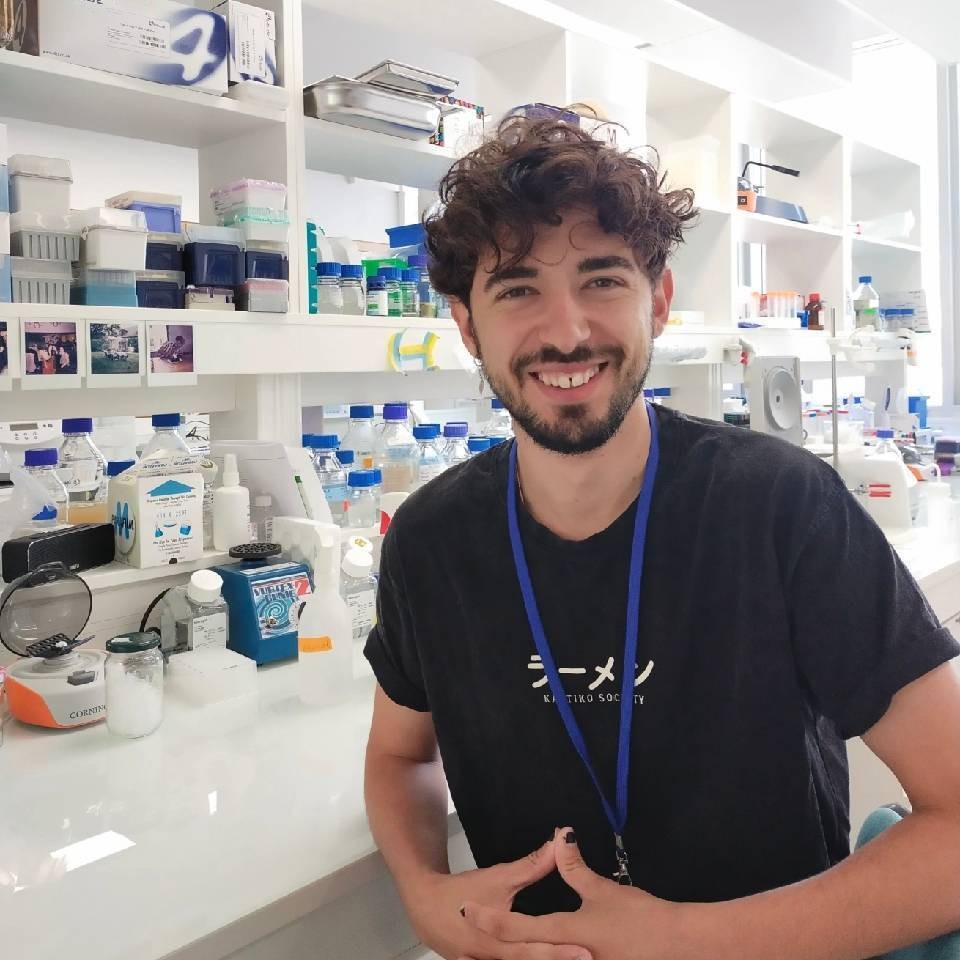1,104
3
0
Like?
Please wait...
About This Project
Early and cost-effective detection of Potato virus Y (PVY) using molecular methods is vital to prevent significant economic and crop production losses. Hence, we aim to develop nanoLAMP: a radically low-cost device for PVY detection by endpoint loop-mediated isothermal amplification (LAMP).
Merging the affordability and sensitivity of LAMP with portable incubation and on-device result visualization, nanoLAMP strives to be a versatile tool for broader pathogen detection and disease surveillance.

Browse Other Projects on Experiment
Related Projects
Highly-sensitive, real-time enzyme methane oxidation rate measurements using an electrochemical assay
A low-cost, rapid, and highly sensitive assay is needed to measure methane gas oxidation rates by methane...
Engineering of a suction cup stethoscope for non-invasive monitoring of physiological sounds in baleen whales
Baleen whales are large-bodied predators that, despite their critical role in marine ecosystems, our understanding...
Building a better fish: Engineering fish for smarter aquaculture
What if we built a better fish instead of depleting wild fisheries? Natural stocks can’t keep up with demand...

